I've got a JFrame with a JPanel in which there is a JLabel with an ImageIcon(). Everything's working perfectly, problem is i now want to add another JPanel with all the other stuff like buttons and so on to the JFrame. But it still shows the background Image on top and nothing with the second JPanel.
Can someone help me? Here is an extract of my code:
JFrame window = new JFrame("Http Download");
/*
* Background Section
*/
JPanel panel1 = new JPanel();
JLabel lbl1 = new JLabel();
/*
* Component Section
*/
JPanel panel2 = new JPanel();
JLabel lbl2 = new JLabel();
/*
* Dimension Section
*/
Dimension windowSize = new Dimension(800, 600);
Dimension screen = Toolkit.getDefaultToolkit().getScreenSize();
public HTTPDownloadGUI() {
window.setDefaultCloseOperation(JFrame.EXIT_ON_CLOSE);
panel1.setLayout(null);
panel1.setSize(windowSize);
panel1.setOpaque(false);
panel2.setLayout(null);
panel2.setSize(windowSize);
panel2.setOpaque(false);
lbl1.setSize(windowSize);
lbl1.setLocation(0, 0);
lbl1.setIcon(new ImageIcon(getClass().getResource("bg1.png")));
panel1.add(lbl1);
lbl2.setBounds(0, 0, 100, 100);
//lbl2.setIcon(new ImageIcon(getClass().getResource("bg2.png")));
lbl2.setBackground(Color.GREEN);
panel2.add(lbl2);
panel1.add(panel2);
window.add(panel1);
int X = (screen.width / 2) - (windowSize.width / 2);
int Y = (screen.height / 2) - (windowSize.height / 2);
window.setBounds(X,Y , windowSize.width, windowSize.height);
window.setVisible(true);
}
